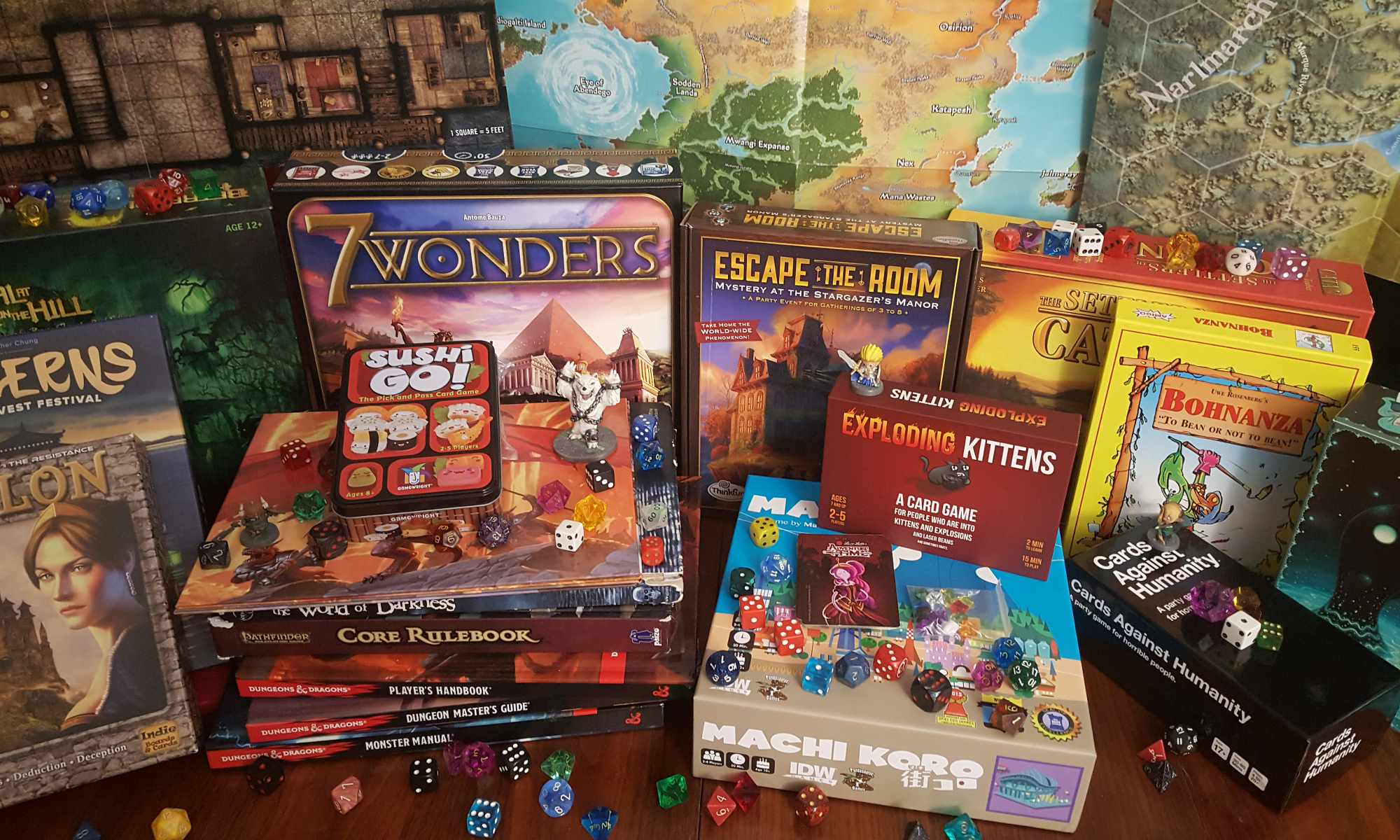Today we will be discussing a classic setting that dates back to the origins of Dungeons and Dragons – the Forgotten Realms, fantasy writer Ed Greenwood’s personal setting originally created when he was but a lad. While it is not our favorite setting here at Save Vs. Rant, it is an integral part of gaming lore and an iconic setting that changed the fantasy roleplaying landscape forever.
I had the pleasure of seeing Ed Greenwood (as well as R.A. Salvatore and the incomparable Larry Elmore) play celebrity D&D at GenCon 2010 and still treasure the autographed copy of the module he played in that day. I’ll be the first to make the extremely corny admission that, as roleplaying in general and D&D in particular has had such an important and formative influence on my life, watching these titans of gaming play in person was something akin to a religious experience.
Many of the older D&D settings were homogeneous. Let’s get that out of the way right now. Forgotten Realms is a setting that is solidly Western European, with only secondary influences outside of that pastiche. In a sense, it follows a very Tolkien formula in this respect, emulating that progenitor of the western fantasy tradition.
Greyhawk and Blackmoor were the very first D&D settings, created by Gary Gygax and Dave Arneson respectively. Gygax’s setting was built from the bottom up (see our episode on Worldbuilding for more about this) around Castle Greyhawk and the early megadungeon beneath it. Blackmoor, meanwhile, was largely intended as a setting for Dave Arneson’s fantasy wargame Chainmail, and only became a D&D setting as an accident of evolution in that respect. These were about as vanilla as D&D settings can get, and represented the only settings that existed before the Forgotten Realms was published.
So when we criticize the setting as being homogenous western fantasy that established the existence of godlike super-NPCs and created several concepts that would subsequently become cliché, we also recognize that doesn’t make it bad per se, and that it’s also kind of the point. It’s an original setting – one of the earliest – and when original settings were being created, it was all breaking new ground.
What I always find myself asking when I talk about new games or new settings is the simple question, “What stories could I tell in this setting / game that I could not tell in another?” What are the things that make the setting unique? Forgotten Realms is a setting that assumes that someday the player characters will be incredibly powerful and, as such, lends itself well to running games at very high level. It is also a setting with an immense history in novels, video games and published material.
The Dragonlance campaign setting – one of the settings with which I was most familiar – differed from Forgotten Realms inasmuch as it largely assumed that the players would be playing through the War of the Lance (the Dragonlance Saga) and, if not playing those modules specifically, would at least be focused on that period in the settings history, with that incursion of evil as a backdrop. The Forgotten Realms, meanwhile, underwent several historical permutations, all of which it is theoretically possible to use as a setting to this day (and, doubtless, some groups out there still do).
At some point, we’ll no doubt discuss some of the truly homogenous D&D settings such as Al Qadim, the Arabian setting, Dark Sun, kind of a less cringe-sexy version of Gor or John Carter’s Mars, Planescape, the hyper-reality grab bag setting, Spelljammer, D&D IN SPACE, Birthright, the setting ruled by magical bloodlines, Rokugan, a fantasy vision of Japan through the lens of strict interpretation of bushido, and several other settings that were designed to depict one concept and one concept only.
Personally, I enjoy the fantasy kitchen sink settings, not only because of the flexibility they give the DM to include largely any elements they desire, but the flexibility it gives players to do the same. Once upon a time, I disdained 3rd Edition D&D for making monks part of the core setting. Nowadays, if a player wants to play a catfolk samurai or android kineticist in an otherwise vanilla medieval European-style fantasy setting, I welcome the opportunity to include the unusual element in an otherwise simple world.
If I had to choose a single title for my evolution as a DM for fantasy roleplaying games, it might be The Fantasy Kitchen Sink, or How I Learned to Stop Worrying and Love Variety.

